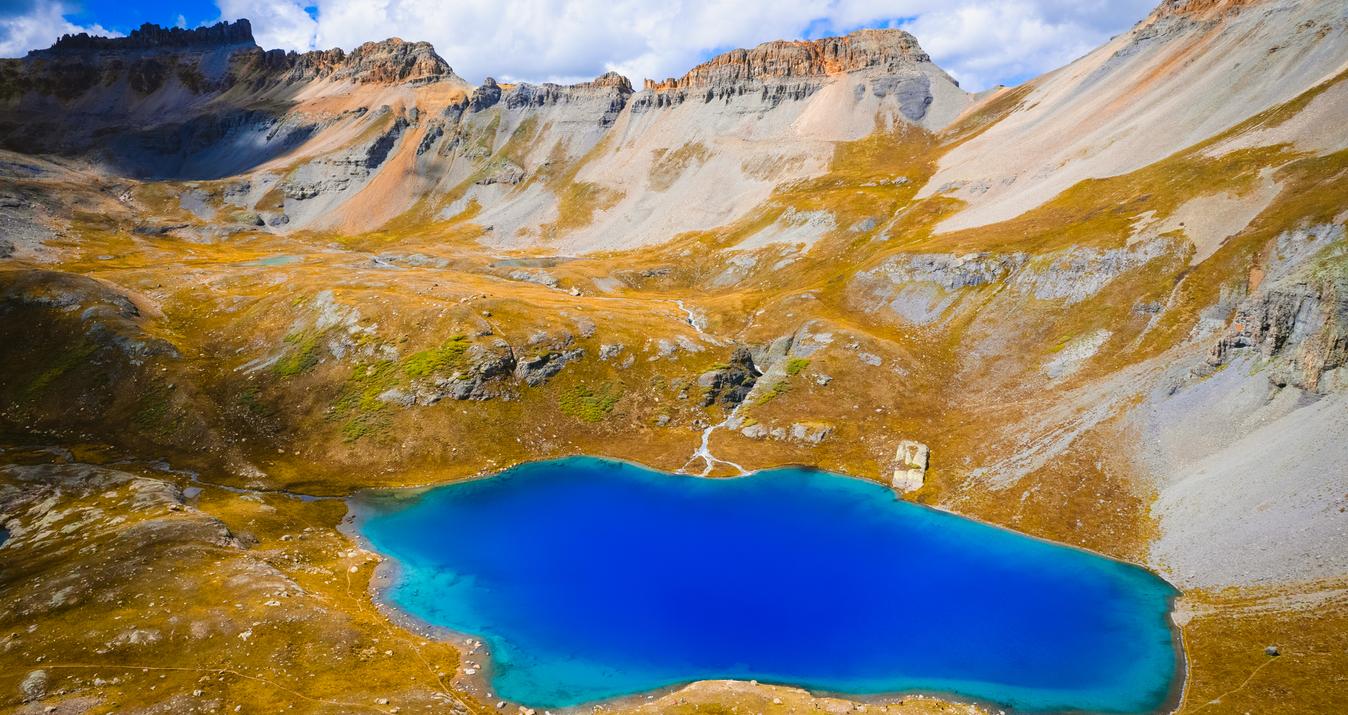An Intro to Cityscape Photography
Last Updated on April 16, 2025

Learn how to capture breathtaking cityscape night photography. Discover tips on gear, settings, and composition to create stunning urban night shots.
The photo exhibition on the New York Walk of Fame or Fifth Avenue, which has received millions of live views, has been in the spotlight for decades. Photographs of urban settings and their point-by-point capture take pride in place. Thus, visitors and residents can't ignore the ghost of the French Moulin Rouge or the Siena Piazza del Campo.
How to create breathtaking cityscape night photography? In such a circumstance, the building of the display, equipment, and other basics will be equally pertinent as the venue selection. In this guide, we'll look at cityscape photographs and how professionals can capture astonishment in the middle of the street.
First Step: Miracle of the Urban's
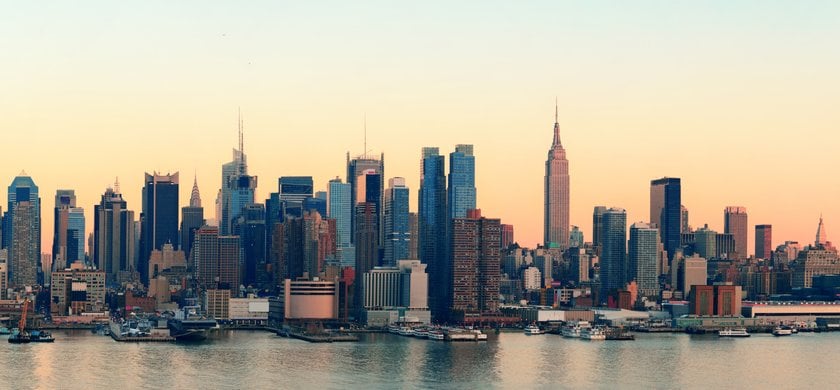
What is a cityscape for picturing lovers? First and foremost, it serves as a training environment for beginning in capturing. You can take shots of everything, from fountains and freeways to a romantic couple seated in a restaurant. At the same time, cameras can vary greatly, ranging from the Fujifilm X-T1 to the Olympus OM-1. Older models were designed with simplified functionality for the mass market. Unfortunately, the sharpness and pixelation are far from ideal. As a result, in order to get a better picture, you should utilize multitools like Luminar Neo, which will help enhance quality and eradicate faults.
Experienced cityscape photographers focus on details and compositions. When developing an Instagram or Pinterest account for business objectives, they typically request pals to work "over coffee" as models for expositions. Pieces like these in the park, in the backyard in the gazebo, or with garden gnomes are literally at the top of the search engine results.
Second Step: Masterpiece Building
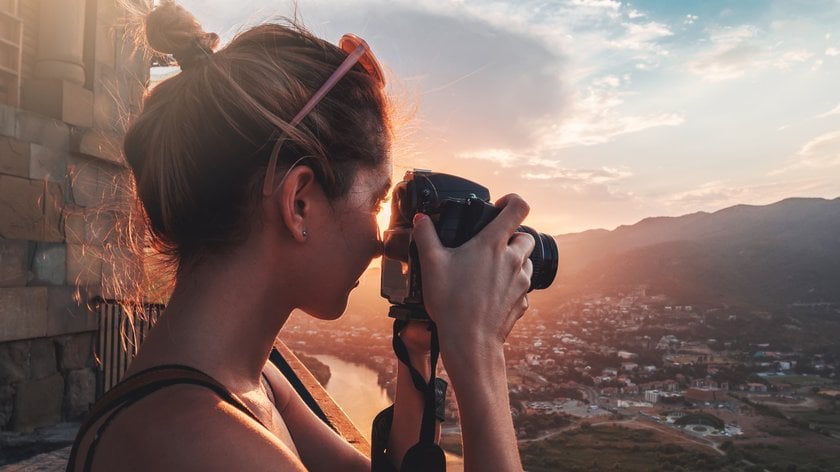
A cameraman faces a double-edged sword when dealing with street art. The ranging dynamics and sudden arrival of persons in the frame recall a chess game in which time is tracked using an identifiable timer. The urban pace is at once romantic and dangerous, exciting and promising. For the best pictures of cityscapes, keep in mind the fundamentals, which experienced photographers sometimes overlook.
Feature | Description |
Lenses | Initial users ought to think about a 24mm prime lens, which is affordable but provides a wide field of view (and sharp optics). If you have the means to shell out additional cash and desire greater versatility, a 16-35mm glass is a decent option. It allows you to snap vast viewpoints by shifting beyond super-wide 16mm to a narrower 35mm. |
Neutral density filter (NDF) | Generally, photographers avoid employing such a filter. Its application in underwater and landscape photography departs plenty remaining sought. However, in the case of streets and houses, ND with a 10-stop harm strengthens daytime urban scenes by permitting longer exposures without overexposing the images. It will be similarly straightforward to generate amazing effects like smoothing water, moving clouds, and reflections in puddles. This adds color and variety to your photographs. |
Aperture | Regardless of how gorgeous the surroundings, without focusing the aperture, it is merely a silhouette, which is hardly art. A smaller shutter (f/8 or higher) delivers a wider breadth of frame. This guarantees that items both near and far away are sharp. If the composition incorporates objects from the foreground to the horizon, consider using a focal length of f/16. |
Daytime capturing | The god Ra, who rises every day after the dark period, makes it possible to capture the perfect photo without using enhancements or editing. The golden hours for cityscape photographs are around an hour after sunrise and one hour before sunset. Whenever the sun is low in the sky and spreads its light at an angle, it forms an atmosphere that cannot be visible at midday. When golden light shines on skyscrapers and streets, the city transforms. This looks particularly amazing with "glass" buildings. Take note that you have just 60 minutes, so the "click-clack" strategy works best here. |
Nighttime shooting | During the "blue hour," when the sky darkens and city illuminations turn on, the balance of brightness between the sky and the municipality usually turns roughly equal, allowing you to work with a variety of tones. The one that follows darkening and full transition to the big town lights is a superb chance to operate with cityscape night photography. |
Shooting a city perspective photography mode is a tough challenge. Combining highlights in one image and shadows in another for exposure might result in a negative "overlay" effect. You can set the brightness and number of brackets yourself. However, in most cases, one sign is in excess while the other is in surplus. For such a contact, bracketing is done using the values -2, 0, and +2. This enables picture balance, which is occasionally required while shooting manually. For further variability, employ contemporary equipment with a wider range of capabilities. These cameras could be presented after 2018. For example, consider the Sony Alpha series or the Canon D-850.
Third Step: Creating a Picturing Art
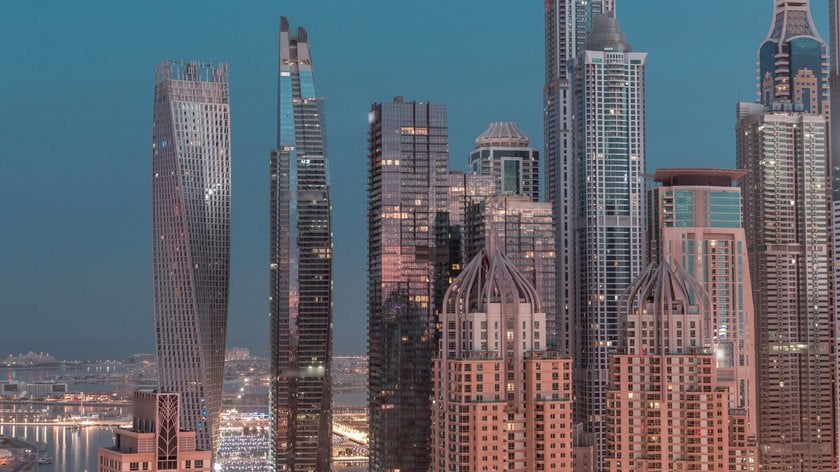
Once you've grasped or recalled the fundamentals, it's time to create an exposition. Many photographers forget that the metropolitan scene isn't always flat. Hills, skyscrapers, castles, viewing decks — all of this allows you to change familiar images toward novel viewpoints. You must admit that thoughts of observing everything "from a bird's eye view" occur repeatedly. Because of the foundation, such an opportunity seems fairly realistic.
The temptation (and automated tools in our cameras) will never diminish to bump up the sensitivity (ISO) while photographing cities in the dark. Unfortunately, this could end up in a cluttered "snapshot" view rather than a clear picture of a scene which records action, time, and light trails. Attempt grabbing capturing an extended duration (at least 30 seconds on a tripod or strong base) for cityscape night photography. On a wrist-worn high-ISO shot, choose a low sensitivity rather than leaning on the camera's auto-settings.
A metropolis enveloped by fog and clouds is likely the best city perspective photography with some mystery moods. It's a matter of good focus and balance than color rendition. For example, if your lens' ultimate aperture is f/1.8, use f/2.8. Based on the photographs' quality, if they are still soft, use f/11 or lower to accomplish even greater depth of field. Dazzling colors can be attained with a cloudless sky and a modest dawn haze. To catch all the detail in the lines and stripes, you'll have to use a right lens.
Fourth Step: Photo Editing Tools
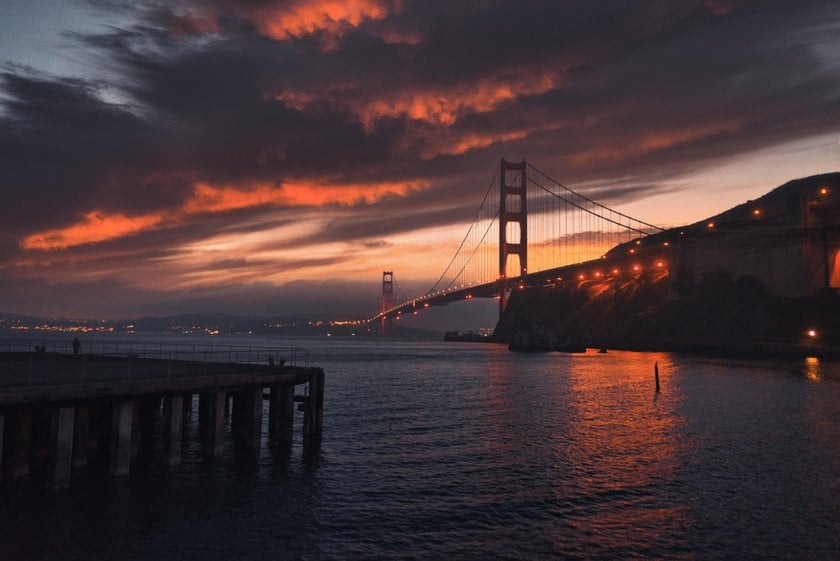
Working from a tripod reduces the likelihood of receiving a blurry frame, but in metropolitan environments, the number of occurrences doubles. Long-term shooting with a strap causes discomfort, and "classic" photography puts the body through unexpected physical stress. The Skylum developed a multitool Luminar Neo that simplifies active daily existence for photographers and reduces wasting time in Photoshop. The program's functionality includes the following:
layer processing;
blur removal;
working with broken frames;
bokeh effect optimization;
color correction without expensive lenses;
photo collage creation and much more.
Window reflections are not as natural to photograph as water-based reflections. Even in some rooftop settings where the material is slightly thinner than usual, it may nonetheless be annoying. Using a polarizing filter and/or hanging black fabric around the lens and window to prevent bounce is an effective option. Nevertheless, it may result in ghost lights. With the Skylum Multi-Tool, you won't have to worry about glare ruining your shot.
Fifth Step: Final Thoughts
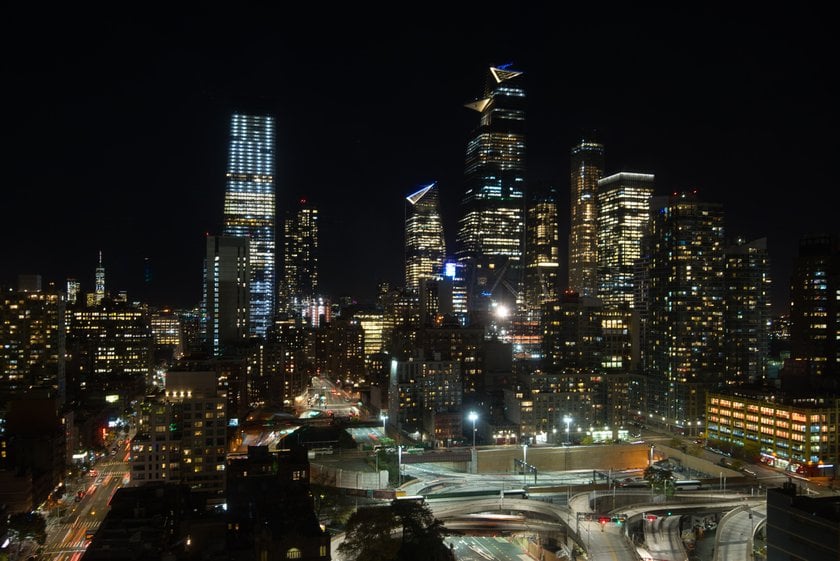
How to distinguish a cityscape photographer from other members of this profession? It's really simple: no way. Furthermore, they wear coats, caps, sportswear, and business suits. The sole attribute that distinguishes them is an in-depth awareness of the city's layout, pace, and lifestyle. Capture in industrial urbanism will express all the joy of absence of rainbow haze (although with chemical production, this statement can become actual). A city that practices "green" production or tourism will demonstrate that humans and nature can coexist.
In any event, a modern photographer is powerless without additional equipment. Even if you just perform minor editing or rapid Photoshop, Luminar Neo will become a close friend who is always ready to help. The primary objective to bear in mind is that the idea and light form the foundation of the composition, which will be treasured by millions.




